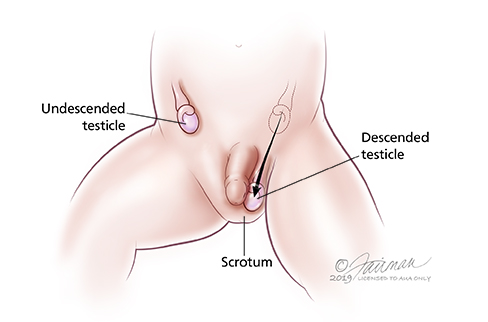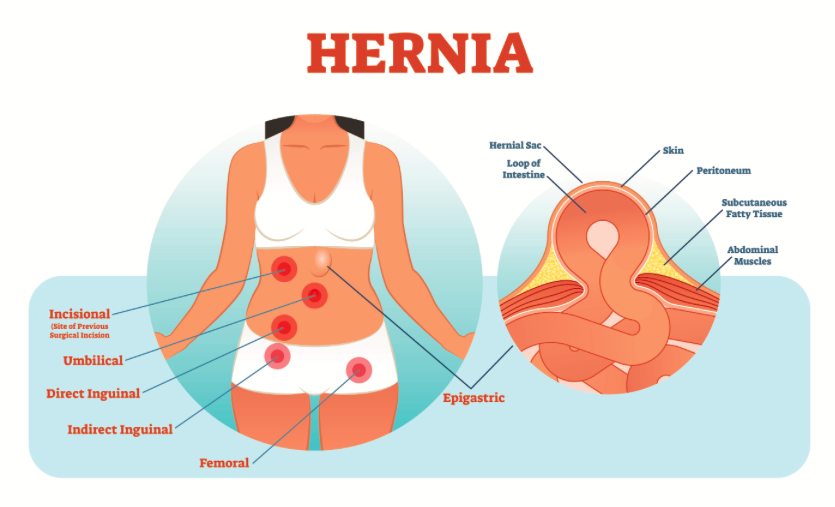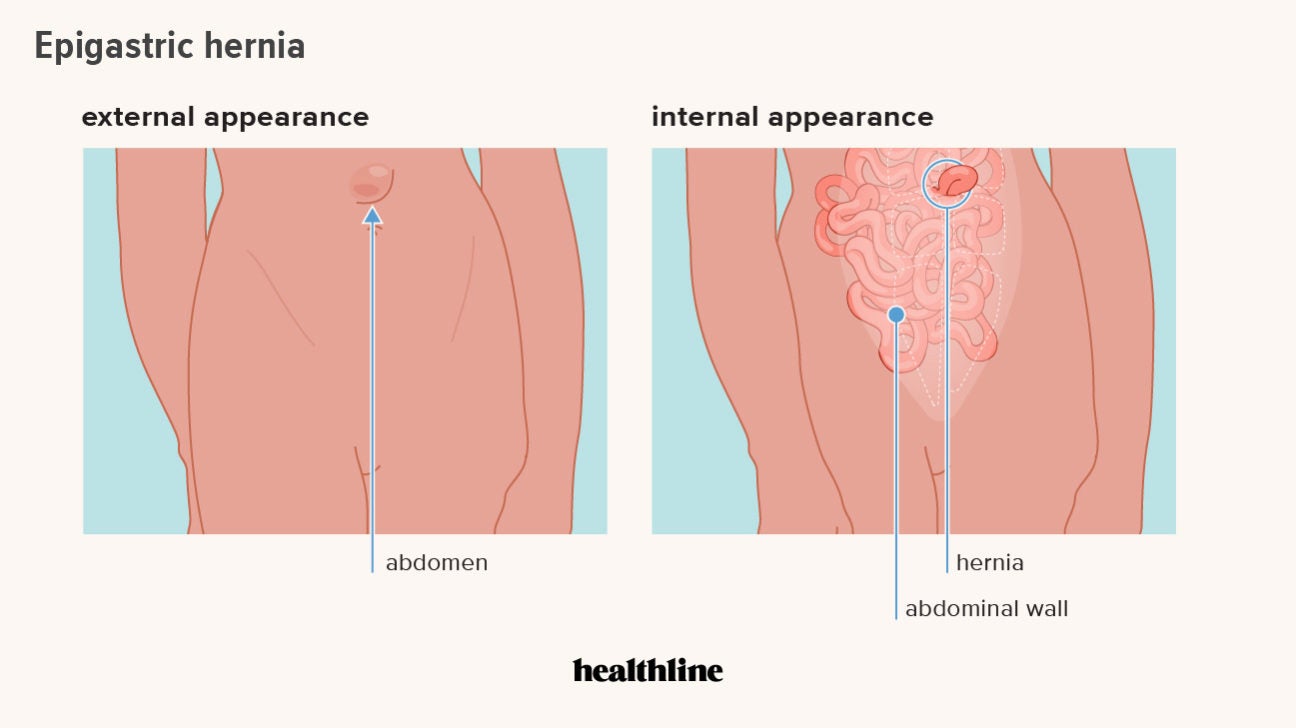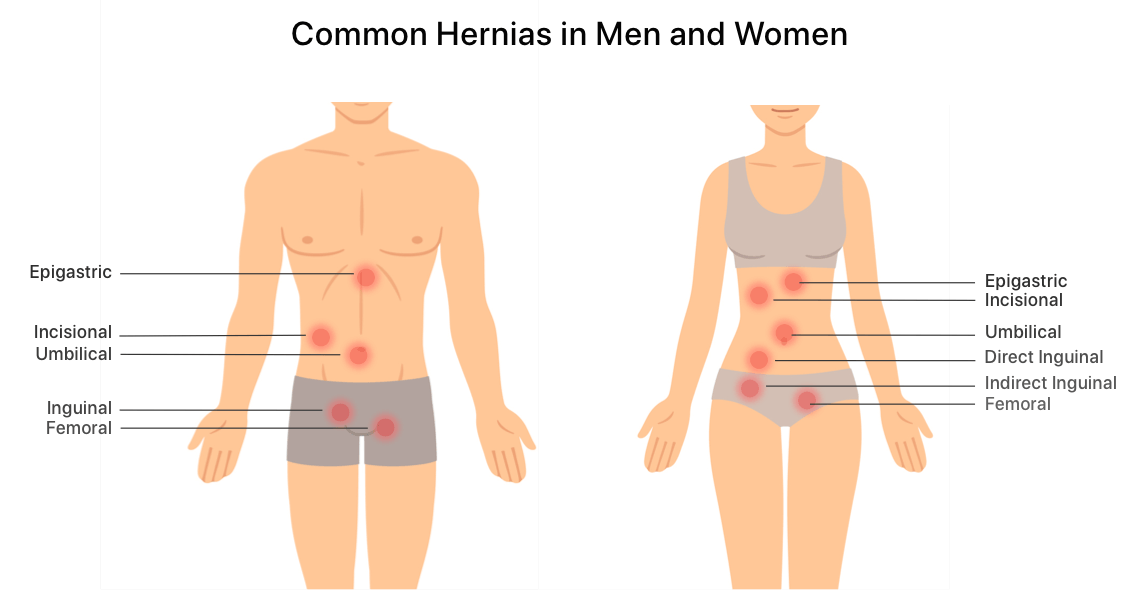Ideal Tips About How To Find Out If You Have A Hernia
/hernia-surgery-in-detail-3157226_FINAL-ab113759eb27456b827498ca8db5c99b.png)
Learn more about this uncomfortable condition, from which.
How to find out if you have a hernia. A bulge or swelling in or near your belly button. The preferred method of diagnosis of a hiatal hernia is an upper gastrointestinal (gi) barium study. Before after midline incisional hernia repair upper abdominal male incisional hernia, repaired with a components release technique with mesh.
Groin hernias are by far the most common type of hernia. If you have a hernia in your abdomen or groin, you might. During a physical exam, your doctor will feel your groin area and testicles and ask you to cough.
Sometimes groin hernias—also known as inguinal hernias—don’t cause any symptoms at all. Commonly referred to as a barium swallow, the test requires you to drink. Only a medical professional knows how to identify a hernia definitively.
It is usually possible to see or feel a bulge in the area where a hernia has occurred by physical exam. A weakness or gap in the muscle layer that can allow tissue normally contained by the muscles to push through. You may have any of the following:
Ad learn more about the signs that may reveal you have an issue that need attention Hernias, for example, can appear suddenly and without warning. Checking for an inguinal hernia is a standard part of a physical exam for men.
Because standing and coughing can make a. The first sign that you have a hernia might be the visible bulge at your abdomen, groin, or another part of your body that is painful when you apply pressure to it, cough, or. What are they, and how can they be treated?
Yes, most of the hernia patients. As part of a male’s typical physical exam for inguinal hernias,. Inability to have a bowel movement.
About 75% of all hernias are located in the groin area, and most of them. Your hernia may disappear when you lay flat. Hernias can also occur at the site of a surgical incision or near your bellybutton (that's called an umbilical hernia).
How is a hernia diagnosed? An abdominal wall hernia is generally visible or can be felt by your surgeon. A hiatal hernia is often discovered during a test or procedure to determine the cause of heartburn or chest or upper abdominal pain.
Your doctor will check for a bulge in the groin area. Umbilical hernias usually do not cause any pain. A physical exam is usually all that's needed to diagnose an inguinal hernia.

















